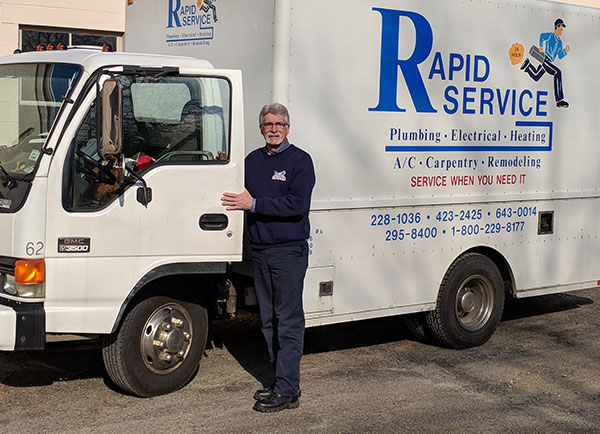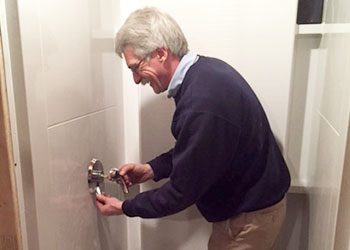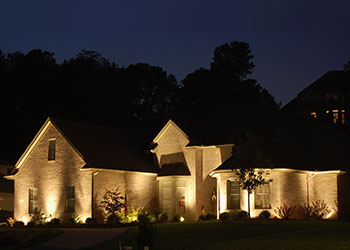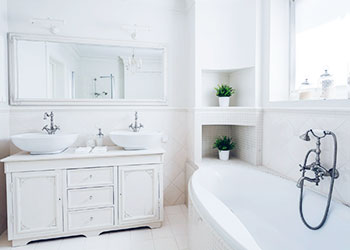When you don't have any water, there's a few things you should check before you call your local Lebanon CT plumber. One of those things is the well tank.
Where is it?
Your well tank is usually located in your basement, a crawlspace or a utility room. It will be near to where the water line comes into your home from your well. A well tank may be blue or gray. It's shaped like a cylinder and sits on the floor. It may be short and squat, or tall and lean. Well tank styles will differ depending on the amount of water used in your home.Here's an example of what it may look like. We installed this well tank in Lebanon CT:

Well tank troubleshooting tips
First, check your breakers to make sure there isn't an electrical issue with your well system. Next, you should check your well tank. Here's what to look for:- Age - how long ago was the tank installed? It's meant to last about 15 years,
 Well tank pressure gauge
Well tank pressure gauge
under optimal water conditions and if it's the correct size for the well pump.
- Rust - this is a sign that the tank is rotting from the inside out. Eventually, it will burst. The danger of this scenario is that if you don't go into your basement often, you won't realize that it's leaking. Every time you use the water, it will continue to leak and eventually flood your basement.
- Short-cycling - if your well pump cycling a lot? Your well tank might be waterlogged. Age and sediment from the water can create a water logged well tank.
- Puddles - a sure sign that your well tank is leaking and could burst. It may be leaking from a valve or from the tank itself.
- Gauge - check the pressure gauge. If it's reading 'zero,' this could mean that the bladder inside the well tank has let go. Once that happens, there's no longer any pressure inside the tank and it's unable to deliver water to your home. It may also be a faulty gauge that needs to be replaced. We only use high-end gauges. They appear to be full of water but it's actually an oil that reduces vibrations, so you have a true reading.























